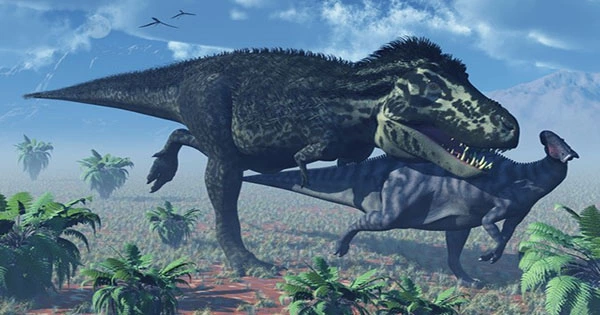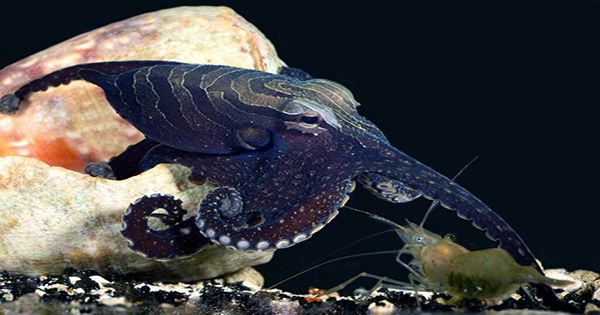A new dinosaur from the abelisauridae family has been discovered. This group of dinosaurs is enormous therapod carnivores with extraordinarily small forearms – so little that they are frequently mistaken for being armless. Guemes ochoai is the first new species to be discovered in Northwestern Argentina.
The scientists uncovered a largely intact braincase with traits similar to those found in other abelisaurids found in South America, Africa, India, and Madagascar. These regions were all fused together in the southern continent of Gondwana 70 million years ago, according to the specimen. Journal of Vertebrate Palaeontology published an article about the discovery.
The researchers also believe that some of the skull’s traits that distinguish it from other species have survived. Guemesia ochoai is also 70 percent smaller than other abelisaurids, making it the family’s tiniest member. “This new dinosaur is a one-of-a-kind creature. In a statement, co-author Professor Anjali Goswami, Research Leader at The Natural History Museum, said, “It has numerous crucial traits that suggest that it is a new species, offering significant new knowledge about an area of the planet about which we don’t know much.”
“It demonstrates that the dinosaurs that lived in this region were significantly different from those found in other parts of Argentina, bolstering the hypothesis of multiple provinces in South America’s Cretaceous.” It also demonstrates that there is a lot more to learn in these locations that receive less attention than some of the more well-known fossil sites.” The species lived just before the end of the Cretaceous epoch when 75 percent of plants and animals died as a result of an asteroid impacting our planet. This contains all dinosaurs that aren’t birds. As a result, studying this animal may provide insight into what life was like on Earth at the time.
Researchers have also unearthed fossilized fossils of Stupendemys geographicus, an ancient turtle and one of the largest ever marine reptiles, in the same area where this latest specimen was located. Fish and mammals have also been discovered, and researchers are currently working to describe them. “Understanding massive global occurrences like mass extinction requires worldwide information,” Anjali explained.
“However, there are many places of the planet that have not been explored in detail, and tons of fossils that have yet to be discovered.” “On our last expedition, we left some intriguing fossils in the ground, not realizing that we wouldn’t be able to return to our field locations for years.” Now we’re hopeful that we won’t have to wait too long to continue digging them up and discover even more species from this rare fauna.”
















